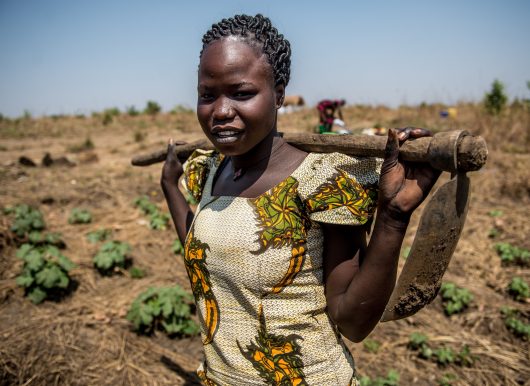UN Helps Battle Food Insecurity in South Sudan

A recent report from the U.N. indicates 5.5 million South Sudanese people are facing food insecurity. Approximately 100,000 of those are in immediate danger of starving.
The U.N. Food and Agriculture Organization (FAO) is stepping up to address the crisis. It is fast-tracking plans to deliver more than 150,000 fishing kits, consisting of lines, hooks and nets, to those in need.
A Multi-Faceted Problem
Nearly 95 percent of South Sudan’s population depends on farming, fishing or herding to meet their needs. Unfortunately, a drought plunged multiple parts of the country, already torn by a civil war that started in 2013, into famine and food insecurity.
The conflict forced approximately 2.4 million people to move from their homes. It has also prevented many farmers from harvesting their crops. Some were able to shelter in neighboring countries, but other families were not so lucky. Driven into the bush, those unable to flee the country resorted to eating weeds and water lily roots.
To complicate matters even more, poor roads are disrupting some routes in South Sudan and negatively affecting critical supply lines. Coupled with an 800 percent hyperinflation rate, the supply chain issues are making it impossible for many to purchase food.
Life-Saving Equipment
FAO representative Serge Tissot knows the virtues of the simple hooks, lines and nets in mitigating food insecurity. “Fishery equipment is the best tool for them to catch something to eat quickly,” he said.
Terekeka state, near South Sudan’s capital city of Juba, shows promise for the hungry people. The region lies close to the Nile and includes five lakes that are home to Nile Perch, Tilapia, Catfish and Mudfish.
Terekeka Fishing Cooperative Chairman, Clement Sebit, reports that previously distributed fishing kits are have already been put to good use in the stocked waters. “We have had more people come to this area seeking safety…they are now fishing together with the other fisher folk.”
The fishing kits are part of the Emergency Livelihood Response Program, which receives its funding through the Common Humanitarian Fund Norway, UKAID and USAID.
– Gisele Dunn
Photo: Flickr
